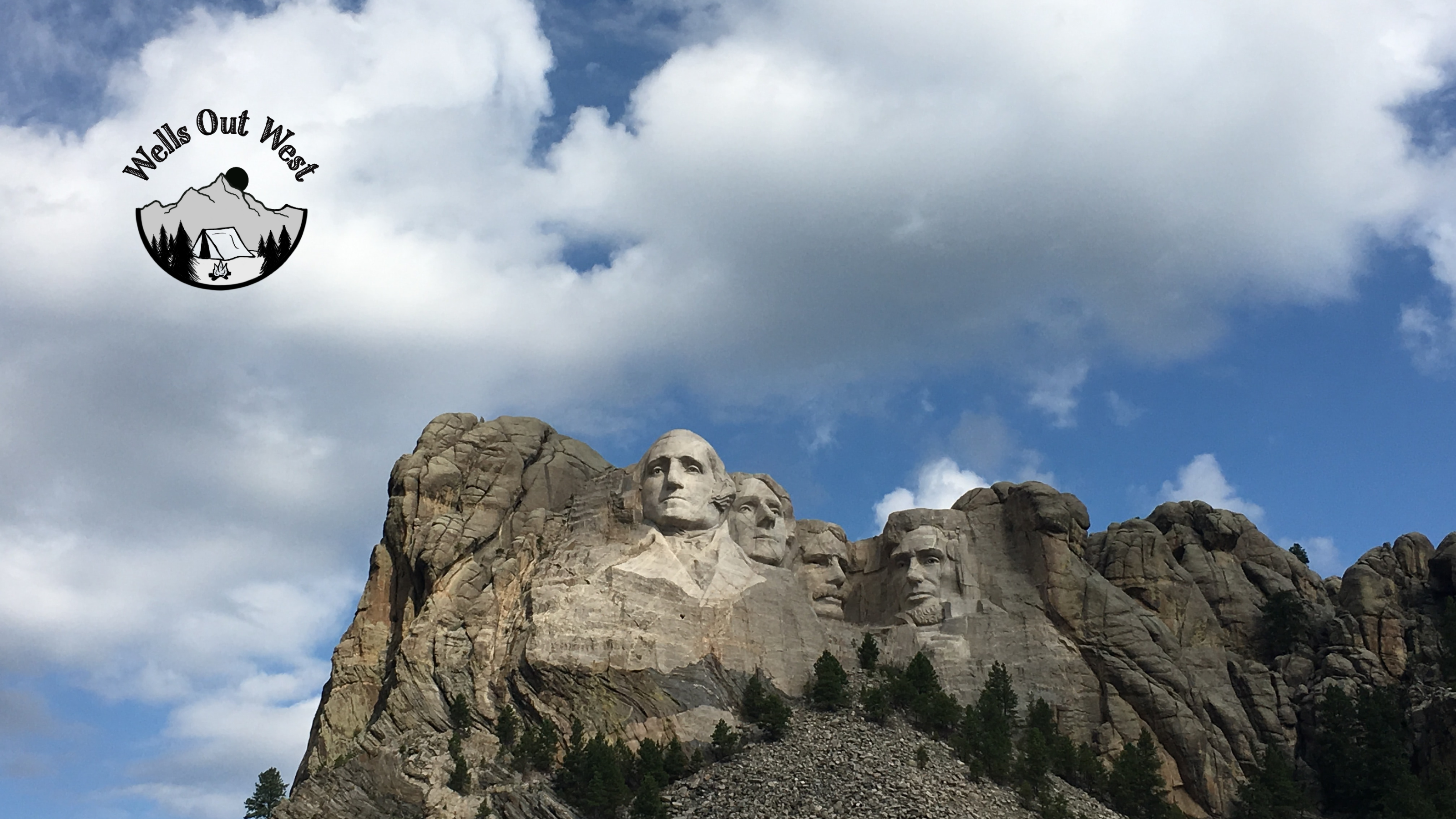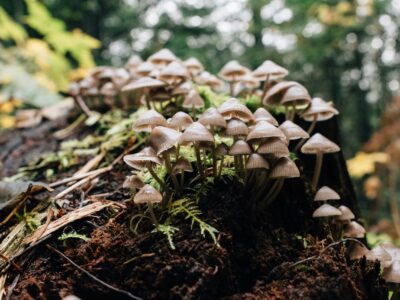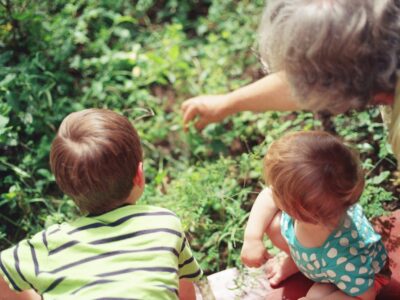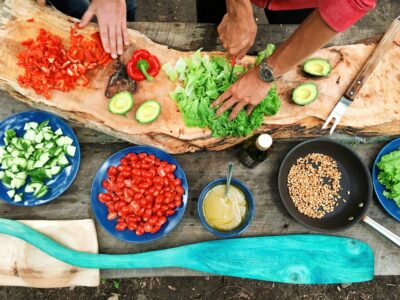As we drove west out of Wall, South Dakota, the mountains made their debut on the horizon. I thought some more about the South Dakota landscape; it isn’t so much flat as it is pockmarked, with smooth mounds and cranky divots that look small but aren’t. It is flat in a long-climb-in-one-direction kind of way.
It’s similar, actually, to the way my 30s have felt, like a long, steady climb in one direction. The climb hasn’t been hard and hasn’t seemed to change all that much, but then you hit the crest and see how far you’ve come. Behind you, miles. Before you, miles. Everything has changed. Everything feels more solid, steadfast even.
Eric Church’s “Hell of a View” came on the radio and it immediately made me ache for Brandon, which, admittedly, is the first I’ve missed him with my whole body this trip. The stages of missing a spouse move from ahhh, independence, to happy “wish you were here!” to “I wonder what he’s doing now” to all-on yearning for my partner back. It’s only been four days, but in the words of Steve Martin’s character in The Jerk, it feels like 14.
It didn’t take long to get to Mount Rushmore, sneak a peek at the mountain, take a couple snapshots to prove we were there, and drive on to Crazy Horse to see another mountain in the process of being chiseled away. I have mixed feelings about both of these endeavors. It seems super arrogant of humanity to carve the faces—any faces of any human—onto a cliffside that took millions of years to form. And then I think about the miles and miles of cliffs and mountains I’ve driven through, and I guess two defaced and refaced mountainsides isn’t the end of the world. We accidentally drove into the Crazy Horse park entrance when I meant to just drive by, so I guess now I can say that I contributed $35 to the defaced and refaced mountain.
What was far more amazing and impressive to me was how the landscape from Wall to the Black Hills changed in a hurry. Suddenly, there were pine trees and big hills everywhere. After no green, so much green! Before you, miles. Behind you, miles. This happened all day; driving out of the Black Hills, we could see the mountains in the distance, rain threatening west of us, for hours before it ever began to sprinkle.
I think the highlight of today for me was driving through Big Horn National Forest. Route 16 through Big Horn was one of the most spectacular drives I’ve ever made, rivaling the southern island of New Zealand and the Gold Coast of Australia with my boyfriend when I was 18, maybe even more amazing than cruising through Yosemite with my family when I was 16, on par with Brandon and my drive into Lost River, West Virginia to celebrate my 30th birthday.
Maybe it was because for the first time on all these drives, I was in the driver’s seat.
I expected to be in the mountains the rest of the way through Wyoming, only for the landscape to flatten out and become even more bare and wild again, for hours, for so long I worried maybe I booked a campsite in the middle of a desert. It was so hot outside, again.
Henry joined me in the front seat for a while for a change and didn’t stop talking for about two hours, each sentence interrupted by “Right, Mom?” Which meant I had to pay attention.
“I think if I lived out here, I’d build a house in a ditch,” he said. “I’d collect water with rain barrels and pipes for hydration and irrigation. That would be a good idea, right, mom? And I’d install solar panels on the roof, with pipes to collect the runoff from rain storms. I bet you could power a whole house out here, right, mom? And since it’s in the ditch, it’ll be safer from tornadoes, right, mom?”
I think Henry is on his way to being a sustainable home architect.
As we crossed Wyoming and approached Yellowstone from the east, the wind and heat were intense. Cody, Wyoming, made promises to me about a cooler, greener future, and boy, has it delivered. The mountains explode into view and change from so much open spaces to surprises around every curve. The world is so huge, and I am so small.
Future tip for those who are amateurs, like me: download your driving directions to your phone before you leave civilization, and keep a paper map or atlas nearby (I forgot my atlas at home and keep grieving not having it, but maps also make great—free!—souvenirs). Also, write down your camping reservations so you know for sure you’re pulling up to set up camp at the right spot. And maybe pay for a site with electricity. Tent camping is roughing it enough as it is.
Walt, Clearwater Campground’s volunteer campground guide in the Shoshone National Forest, gave us the scoop on local bear activity—haven’t had bears in the campground in at least two years, and we want to keep it that way, oh wait, there have been bears, but they walk up the river. Keep your food and drinks and cosmetics and everything else that smells besides your bodies in the bear locker or your truck, so we keep the bears out of this campground. The only real visitors we get here to this campsite are bear, or sometimes buffalo, but keep an eye on the cliffs across the way, sometimes you’ll see black bear or big horn sheep and mountain goats over there. Walt hovered and chatted for a long time, giving us a bear spray how-to guide while the boys and I stood in the diminishing rain holding the tent Walt kept telling us we better start putting up before it starts to rain again. We set up camp, ate, told a traveling story that quickly spiraled out of hand, and then crawled into the tent before it started to rain again, just as Walt predicted.
Today, we enter Yellowstone, which I keep accidentally calling Jellystone, but not before I finish watching the sunrise over the mountains, my boys still sound asleep in the tent, birds making their wakeup calls, the river rushing just 30 feet away, and a simple breakfast to start the day. Miles behind us, miles before us.





 Copyright
2024
Root and Vine
Copyright
2024
Root and Vine